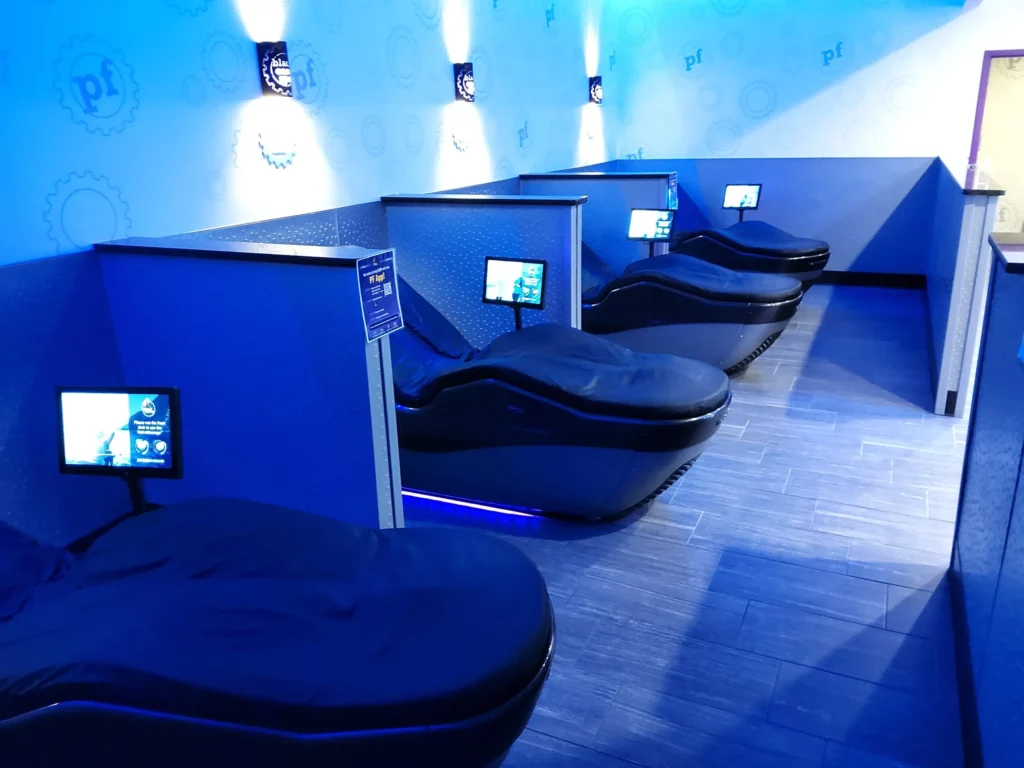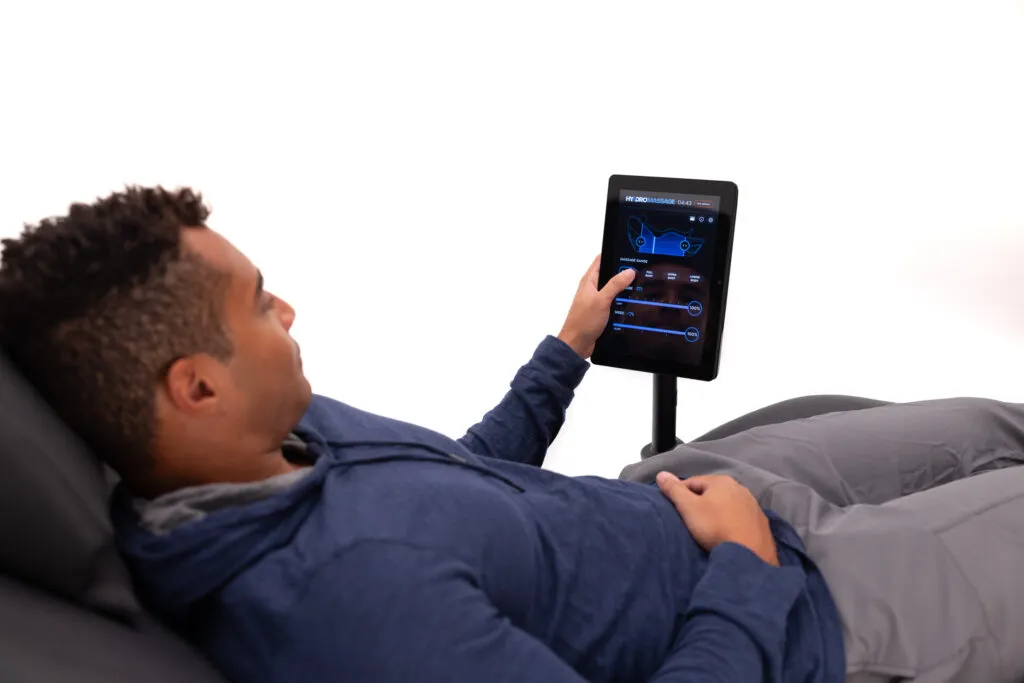By Pete McCall, renowned personal trainer and author of Smarter Recovery: A Practical Guide to Maximizing Training Results
Introduction to Recovery
Thanks to elite athletes like Tom Brady and LeBron James, who have managed to sustain or even
improve their performance as the years have passed, we have a much better understanding of
the role that rest and recovery play in the efforts on a field or court (I would like to buy both of
them a kale smoothie, as they have made my work as an educator so much easier by providing
examples of how a systematic approach to recovery can boost performance).
Similar to how sports scientists have established the benefits of year-round conditioning for
athletes, there is now a much better understanding of how to also help the body recover from one
workout so it can be fully prepared for the next.
As we have learned, when it comes to elevating human performance, what is done after exercise
or competition is almost as important as what is done during exercise.
Understanding the Need for Post-Workout Recovery
Does this sound familiar? You love to exercise, push yourself, sweat hard, and appreciate
the exhaustion from a high-intensity workout. However, you don’t always get the results you
want because, after a few days of hard workouts, you feel like your battery is drained and you just
don’t have the energy to succeed.
Whether you are training to achieve success in a specific sport or recreational activity, you are
working toward a particular fitness goal, or are an instructor responsible for teaching exercise to
others, it can be easy to get carried away with exercise because if a little is good for you,
shouldn’t more be better?
Unfortunately, that is not always the case. Exercise is physical stress imposed on the body.
When the body is stressed consistently without appropriate time to allow physiological systems to
rest and recover, it could eventually result in overtraining syndrome (OTS).
The Purpose of Exercise
Exercise disrupts homeostasis. The recovery process is the complete return to homeostasis and
is when muscles and physiological systems adapt to the exercise performed during the workout.
Whether you want to add muscle mass or increase energy expenditure to get rid of body fat,
disrupting homeostasis by exercising to the point of fatigue (the inability to perform another
repetition of an exercise) can be the most effective means of making the desired changes to your
body. Fatigue indicates that muscles have used all available energy and require a rest period to
replenish energy stores so exercise can continue.
It’s the period after exercise, as the body returns to homeostasis, when muscles adapt and grow,
especially after they have worked to the point of fatigue. Moderate to high-intensity exercise is
good for you; however, too many workouts in a row or not allowing the appropriate time for
muscles to fully recover after reaching a point of fatigue could result in OTS.
How Athletes View Recovery
Once upon a time, little thought was given to what should be done after a workout or competition.
After a game or hard practice, the general routine was to shower, change, get something to eat,
and maybe enjoy a few adult beverages.
Today, conditioning coaches who work with elite athletes know a secret that many exercise
enthusiasts overlook: the most important part of any workout actually occurs after the exercise
itself.
It isn’t necessarily the specific exercises used in an athlete’s workout that are most important; it’s
how the overall program is structured to allow time for optimal rest and recovery between training
sessions and competitions. Conditioning coaches apply the latest research to help their athletes
accelerate the recovery progress so they can be completely prepared to deliver an optimal
performance.
Methods to Promote Recovery After Exercise
Today, in the third decade of the 21st century, specific protocols have been established for what to
do after one workout or game (or match or meet) to prepare for the next.
For example, once athletes have completed a tough conditioning workout or competition, they will
mostly likely have a meal created by a registered dietician-nutritionist; get muscle tissue treatment
with a massage or percussion gun; utilize cold or heat therapy; and try to get at least eight hours
of uninterrupted sleep to help the body recover from stress.
Many of the same recovery strategies that help top professional athletes perform at the highest
levels of a particular sport could also help you reach your goals.
| Recovery Method | General Strategy |
| Passive rest (no structured specific physical activity) | Rest |
| Active rest (low-intensity exercise) | Rest |
| Sleep | Rest |
| Compression (clothing, pneumatic pressure) | Tissue treatment |
| Myofascial release (massage therapy, percussion gun, foam roller) | Tissue treatment |
| Heat (sauna, steam room, hot tub) | Tissue treatment |
| Cold treatment (ice, cold plunge, cryotherapy) | Tissue treatment |
| Nutrition (smoothie, water, snack, meal) | Nutrition |
Summary of Exercise and Post-Workout Recovery
High-intensity exercise yields many benefits, but to optimize the results from your training
program, it is a good idea to recover as hard as you exercise.
In short: Train hard, recover harder.


